20 photos of the worst hurricanes that have hit the United States
Matthew Wilson

- Over the past 100-plus years, the United States has been hit by some of its worst hurricanes.
- In 1900, the Galveston Hurricane killed between 6,000 to 12,000 people.
- In 2005, Hurricane Katrina caused $125 billion in property damage.
- Visit Insider's homepage for more stories.
With summer comes hurricane season, as meteorologists turn their gaze to the Atlantic and eastern Pacific oceans.
Over the past century, mega-storms have pummeled the United States, killing thousands of people, destroying buildings and homes, and inflicting billions of dollars worth of damage.
From 2005's Hurricane Katrina to 1992's Hurricane Andrew to the Galveston Hurricane of 1900, here are 20 photos from the worst hurricanes to have ever hit the United States.
Read the original article on InsiderHarvey impacted Texas' economy, making for a slow recovery in parts.
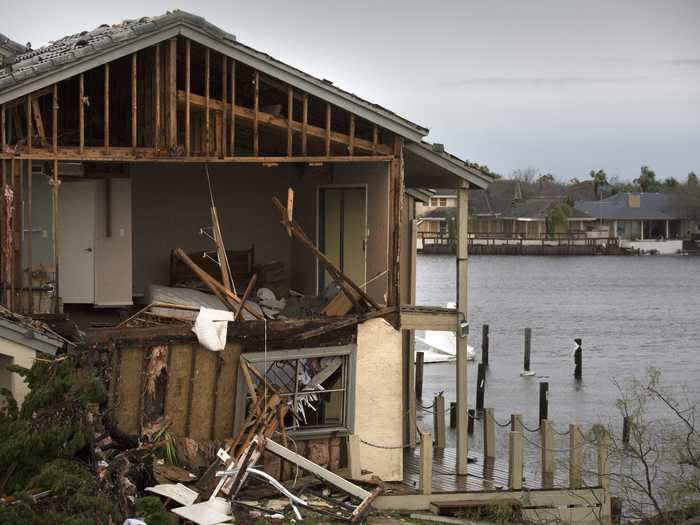
According to the New York Times, citizens in Houston hit by the storm were still recovering and adversely affected a year later, with the poorest neighborhoods the slowest to recover.
- Read more:
- Here's how we'll control the weather in 100 years
- 20 photos that show how US towns still haven't recovered from devastating hurricanes that took place months or years ago
- Hurricanes on the scale of Katrina and Harvey are now 3 times more likely than a century ago: 'We cannot hope to combat storms'
- Heat waves and floods shattered records. Fires ravaged the Arctic and the Amazon. This was the climate crisis in 2019.
In 2017, Hurricane Harvey caused $125 billion worth of damages in Houston.
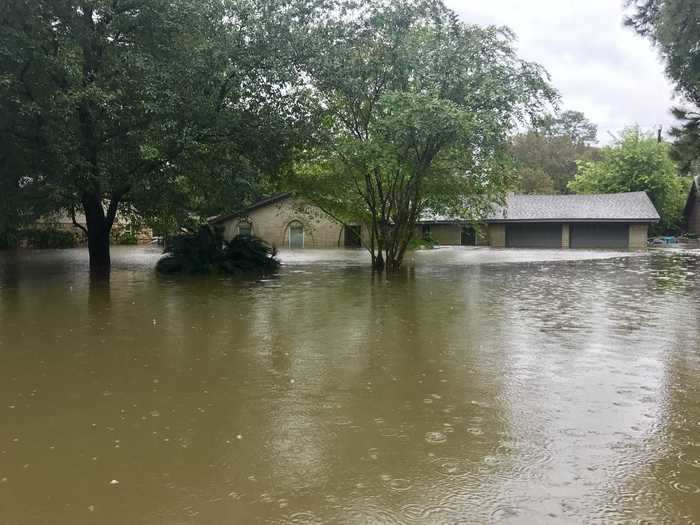
According to the Texas Tribune, extreme flooding and strong winds caused billions of dollars of property damage. According to the Office for Coastal Management, Harvey was the deadliest storm to hit Texas since 1919. A total of 68 people died during the storm.
The winds were so strong that it pushed the Jet Star roller coaster off its pier.
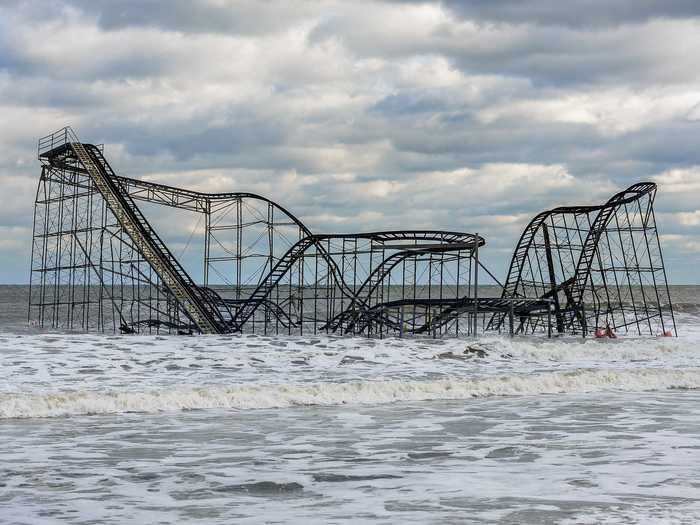
According to New York Daily News, the roller coaster was pushed into the Atlantic Ocean by the storm. After the storm, workers dismantled the ride.
Several fires broke out because of the storm, burning through neighborhoods.
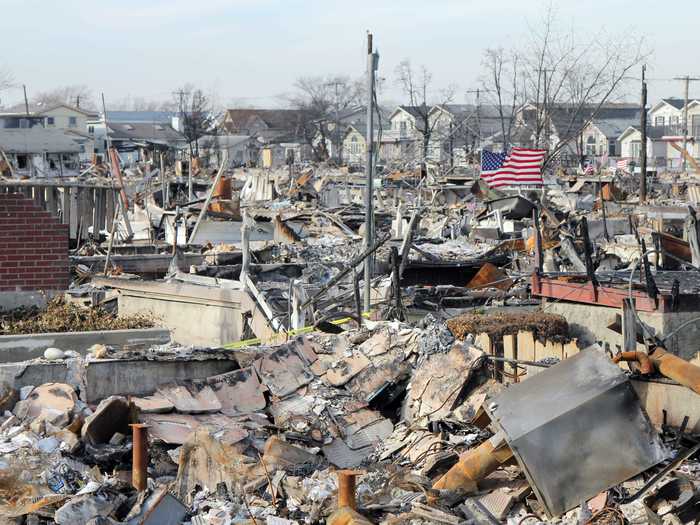
More than 80 homes burned to the ground in Queens when one fire got out of control.
When it hit in 2012, Hurricane Sandy caused $70 billion in damage and killed 285 people.
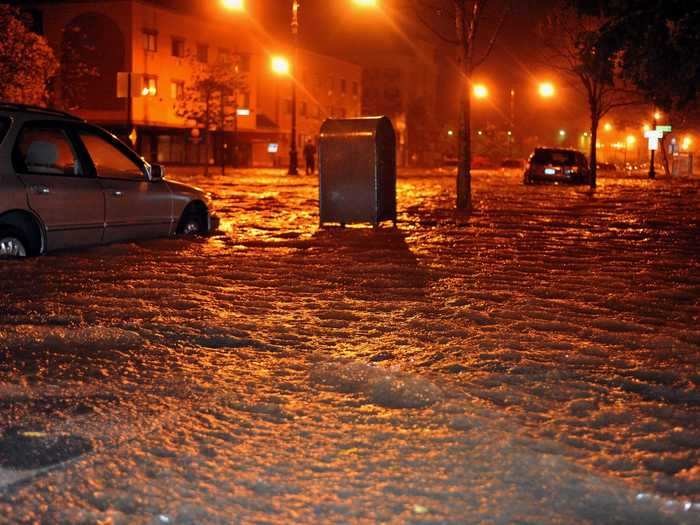
Sandy had winds of 80 miles per hour when it hit Atlantic City, New Jersey, according to Live Science.
Streets were flooded from New Jersey into New York, where water surged over downtown Manhattan's seawalls and highways into low-lying streets and subways.
In the aftermath of Katrina, water had to be pumped out of flooded areas.
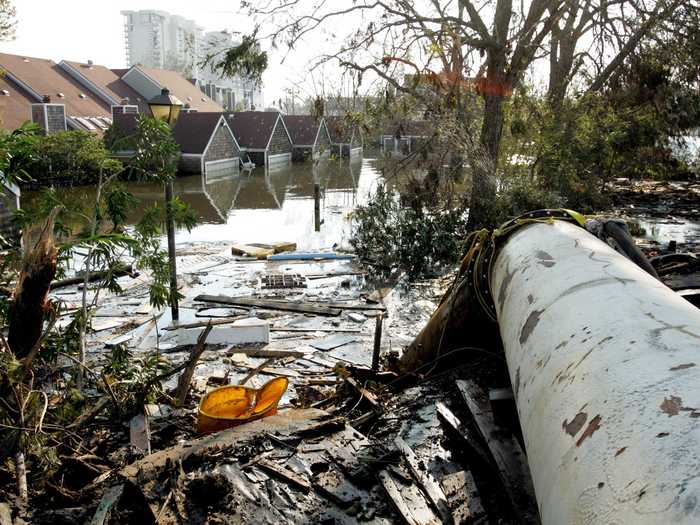
According to the Data Center, almost 1 million people in the Gulf Coast were displaced by Katrina.
Thousands of people took shelter in New Orleans' Superdome.
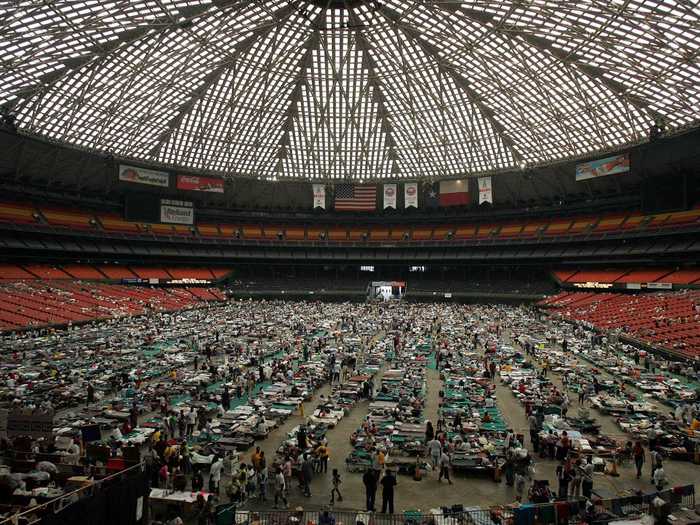
The mayor of New Orleans designated the stadium as a "shelter of last resort" for people the day before Katrina hit, according to the History Channel. Almost 10,000 people sought shelter at the Superdome, and another 15,000 were accepted after the storm hit.
In the days that followed the storm, supplies remained limited as the occupants waited for evacuation. The government was criticized by many for a slow reaction to the storm.
When it hit Louisiana in 2005, Hurricane Katrina became the costliest storm to make landfall in the US.
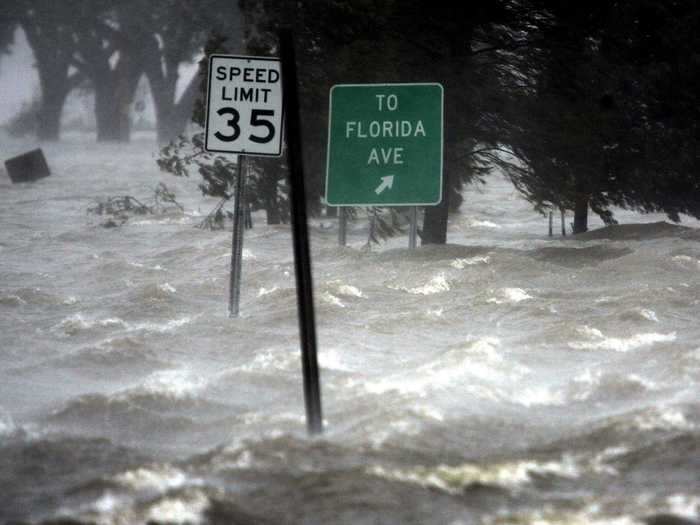
Property damage caused by the storm totaled over $125 billion. The Mississippi Gulf Coast and Louisiana were ravaged by the storm, destroying many buildings.
The storm surge from the hurricane breached the levees in New Orleans, causing mass flooding across the city. Nearly 80% of the city was underwater, with levels being so high in certain areas like St. Bernard Parish and the Ninth Ward that people climbed to their attics and rooftops.
The damage caused by Andrew totaled $26.5 billion.
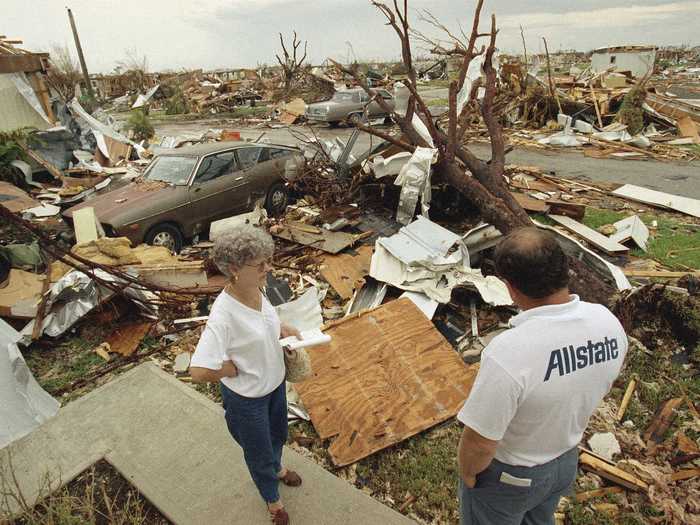
According to the National Park Service, Andrew was the most expensive storm of its time, until it was overtaken by Hurricane Katrina 15 years later.
Andrew negatively impacted both the economy and environment of Florida.
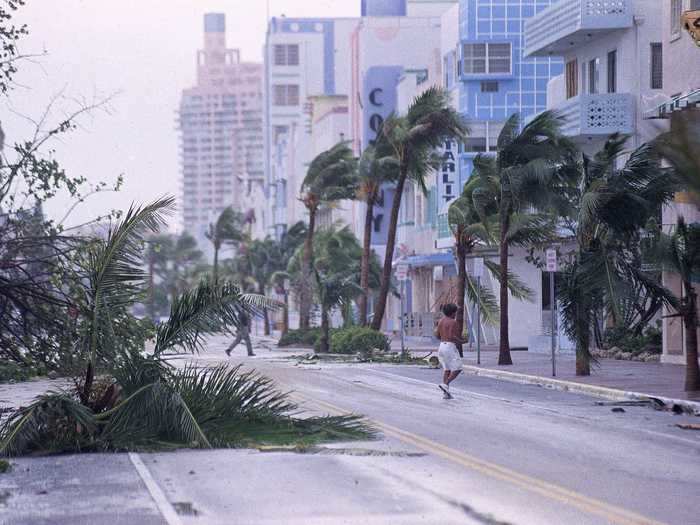
According to the National Park Service, the storm defoliated many large trees, and about 25% were broken. Almost a third of the pine trees in Everglades National Park were badly damaged by the winds.
In the aftermath of the storm, 250,000 people were left homeless and 82,000 businesses were destroyed or damaged.
When it hit Florida, Hurricane Andrew had winds strong enough to blow this sailboat ashore.
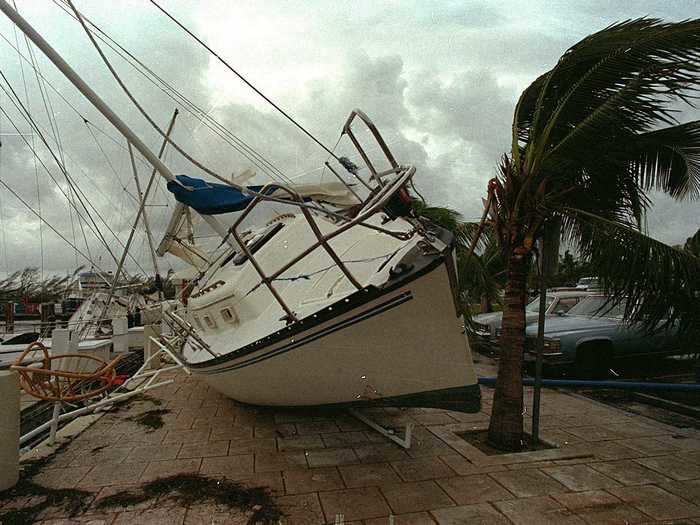
Andrew was a Category 5 hurricane that struck southern Florida and south-central Louisiana. According to Geology.com, Andrew's wind speeds were estimated at 167 miles per hour, but like Camille, the instruments were destroyed, leaving its exact speed unknown.
In the aftermath, citizens tried to return to everyday activities.
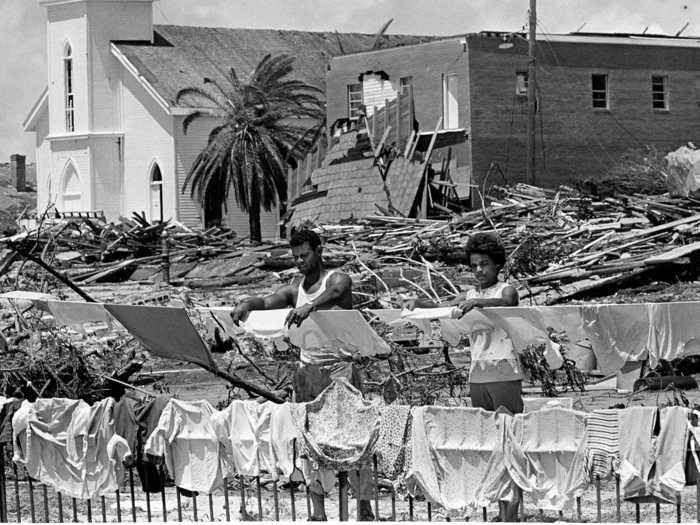
Though they tried, it was difficult. According to the National Weather Service, a storm surge of 24.6 feet hit the town.
In the days following Camille, fresh water was scarce for survivors.
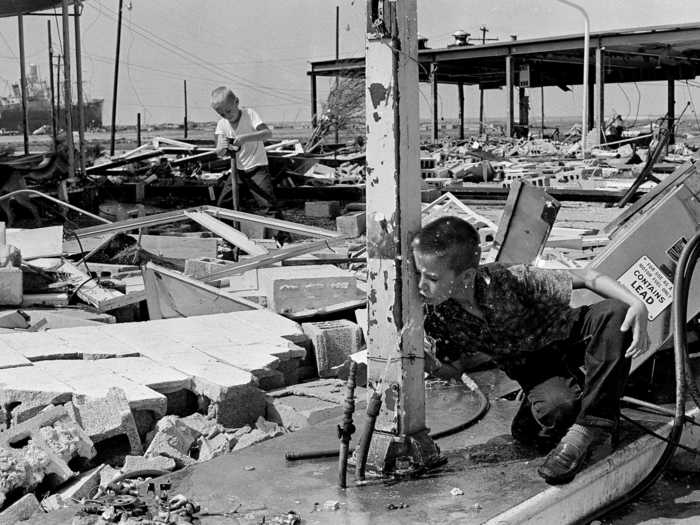
In the photo, 11-year-old Carl Wright can be seen drinking from a broken pipe among the rubble of his father's gas station in Gulfport, Mississippi.
Hurricane Camille had the highest speeds of any hurricane to hit the US when it made landfall in 1969.
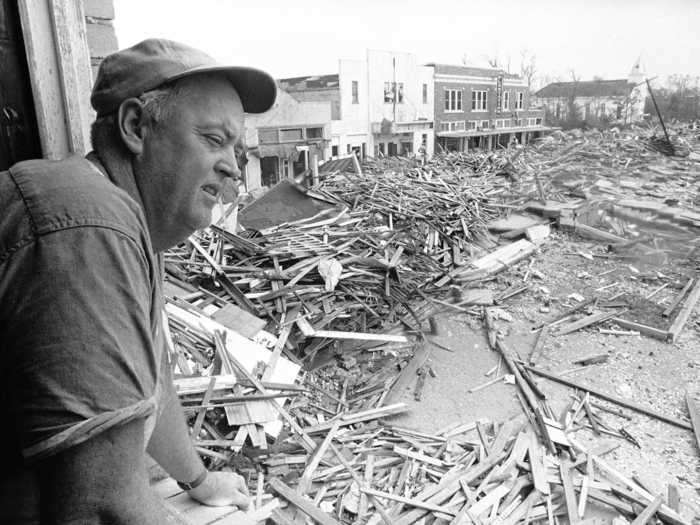
Winds reached an estimated 190 miles per hour as the storm moved across Mississippi. Maximum sustained winds are unknown because the hurricane destroyed all the wind-recording instruments in the area, according to Geology.com.
According to the National Weather Service, Camille is another one of the four Category 5 hurricanes that made landfall in the US.
The winds were so powerful that they swept an 11-car passenger train off its tracks.
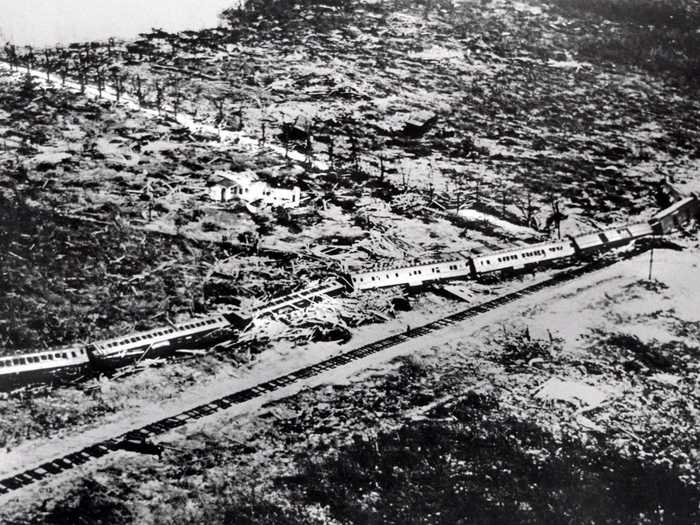
According to USA Today, the hurricane destroyed the railroad tracks that connected the Florida Keys to the mainland.
Among the victims were World War I veterans working on a highway, according to the World Digital Library. They were waiting for a rescue train to evacuate, but the winds derailed it before it ever arrived.
The 1935 Labor Day Hurricane is one of four storms in US history that have made landfall as a Category 5 storm.

"People were picked up and thrown around like rag dolls," Brad Bertelli, curator of the Keys History & Discovery Center in Islamorada, told the Sun Sentinel. "Bodies were blown all the way across Florida Bay to Cape Sable."
The Okeechobee Hurricane of 1928 was the second-deadliest hurricane to hit the US.
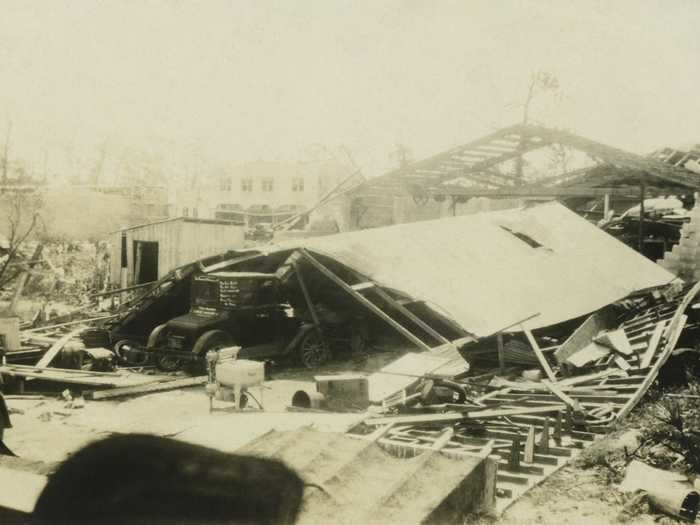
In 1928, the hurricane made landfall as a Category 4 storm that claimed between 1,770 to 2,300 lives in central Florida. Winds from the storm blew water from Lake Okeechobee into a storm surge that reached 6 to 10 feet high and spilled into nearby cities. Homes, roads, and businesses were flooded, and over 1,000 people drowned.
The Miami Hurricane of 1926 crippled Florida for decades.
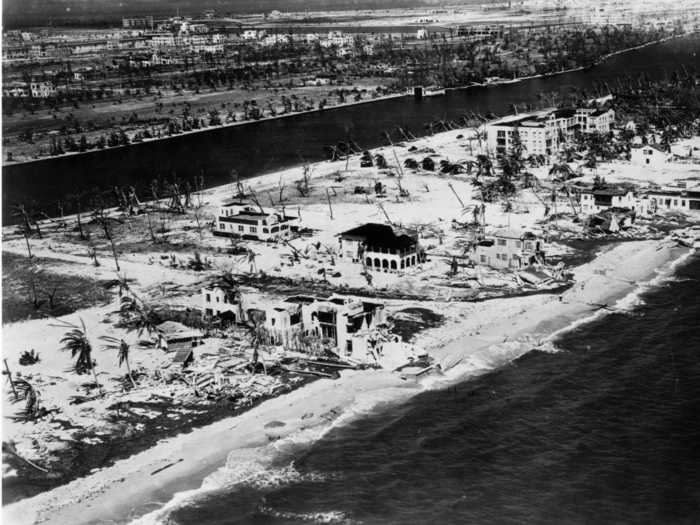
As previously reported by Insider, there was little warning of the approaching hurricane. Citizens of Miami who didn't realize the storm was still ongoing left their homes as the hurricane's eye passed over and skies cleared. However, the eye is the center of the storm, so what followed resulted in more death and destruction.
In total, 372 people died, over 6,000 people were injured, and the property damage totaled $164 billion in today's dollars.
A large section of Galveston was destroyed by the storm.
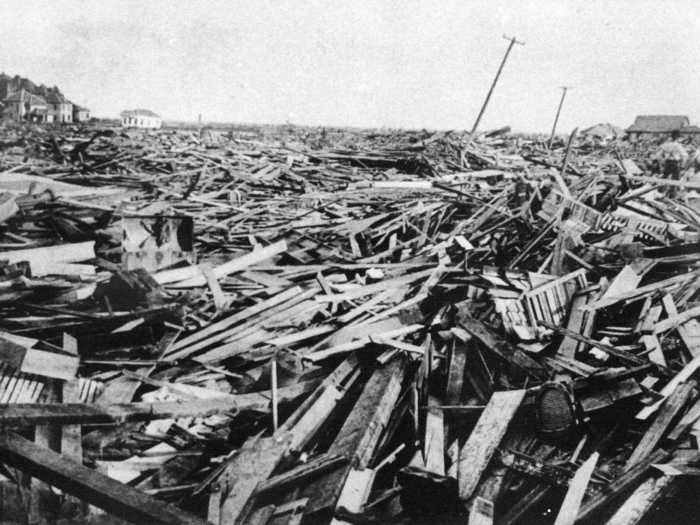
Two of the reasons the hurricane resulted in such a high death toll were the lack of any warning and the high storm surge of 8 to 15 feet.
According to Fox 13 News, the hurricane destroyed 3,600 homes. It caused the equivalent of $641 million worth of damage in today's dollars.
The Galveston Hurricane of 1900 was, and still is, the deadliest hurricane to hit the United States.
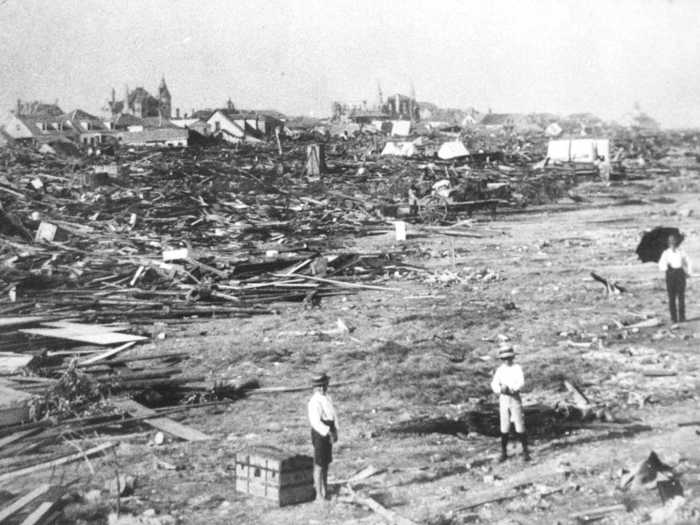
The hurricane hit Galveston, Texas, on September 8, 1900, as a Category 4 hurricane.
According to History, an estimated 6,000 to 12,000 people were killed by the hurricane, making it the nation's deadliest storm, even 120 years later.
READ MORE ARTICLES ON
Popular Right Now
Popular Keywords
Advertisement